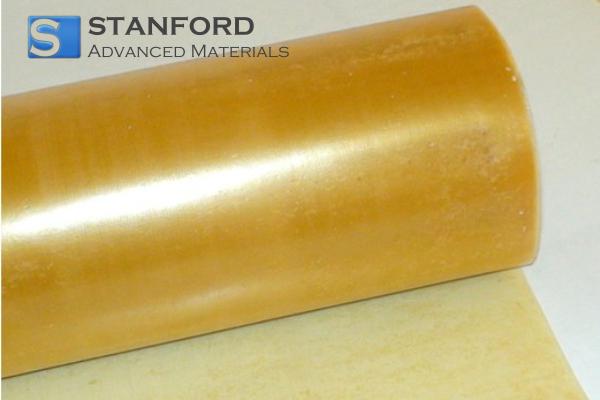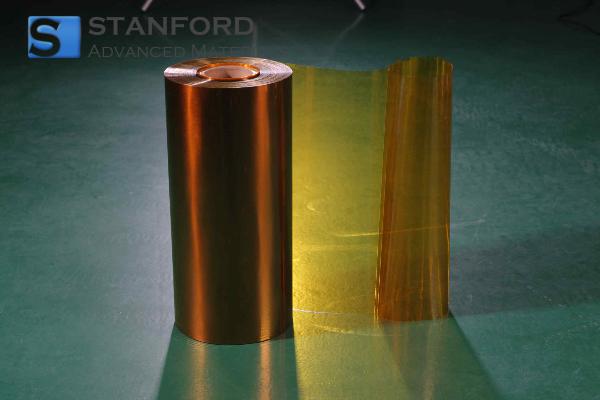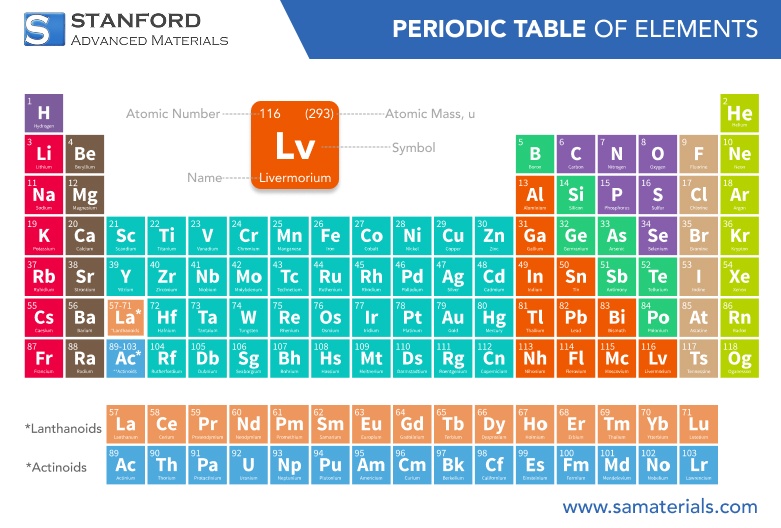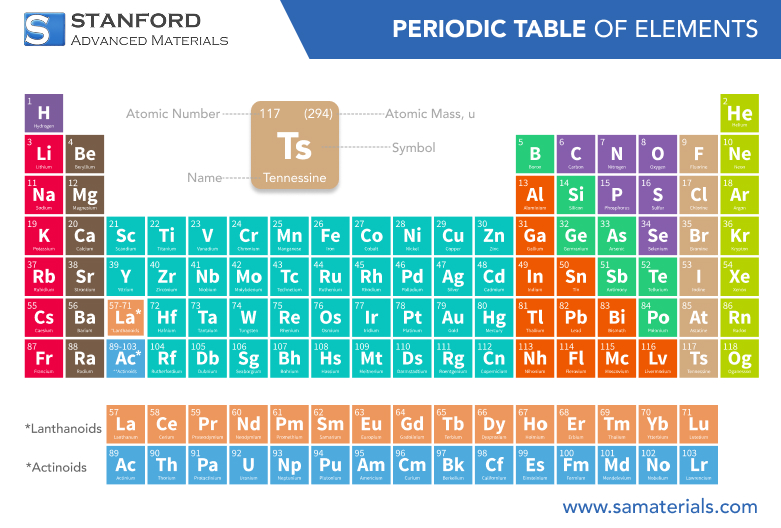Sulfur: Element Properties And Uses
Description
Sulphur is a chemical element that is widely distributed in nature. Its properties and industrial applications justify its use across various sectors.
Introduction to the Element
Sulphur, designated by the symbol S in the periodic table, is a non-metal. It plays an essential role in both natural and industrial processes. It constitutes a component of proteins, vitamins, and other biological molecules. Sulphur occurs abundantly in the Earth’s crust and is associated with volcanic eruptions, hot springs, and specific ores.
Sulphur exists in several allotropes, with the most common being a yellow crystalline solid. In nature, it occurs as sulphide and sulphate minerals. The element has been known since antiquity, and its applications date back to early civilisations.
Chemical Properties Description
Sulphur is a reactive element that bonds with many other elements, particularly metals and non-metals. The following chemical properties are notable:
- Reactivity: Sulphur reacts with oxygen to form sulphur dioxide (SO₂), which may subsequently oxidise to sulphur trioxide (SO₃).
- Acidity: Compounds such as sulphuric acid (H₂SO₄) are strong acids and are central to chemical manufacturing.
- Allotropy: Sulphur appears in several allotropes, including rhombic and monoclinic forms.
- Bonding: Sulphur generally forms covalent bonds. This is evident in compounds like sulphur dioxide and sulphur hexafluoride (SF₆).
These properties render sulphur useful in various industrial processes.
Table of Physical Properties
Sulphur exhibits physical properties that contribute to its range of applications. The data table below describes these properties:
|
Property |
Value |
|
Atomic Number |
16 |
|
Atomic Mass |
32.07 g/mol |
|
Density |
2.07 g/cm³ |
|
Melting Point |
115.21°C |
|
444.6°C |
|
|
Colour |
Yellow (solid state) |
|
Appearance |
Crystalline solid |
|
Electrical Conductivity |
Poor |
|
Water Solubility |
Insoluble |
The poor electrical conductivity and yellow appearance distinguish sulphur from other non-metals. For further information, please visit Stanford Advanced Materials (SAM).
Common Uses
Sulphur is employed in various industries because of its distinct properties. Some frequent applications include:
- Production of sulphuric acid: Sulphur is integral in manufacturing sulphuric acid (H₂SO₄), which is used in fertiliser production, cleaning agents and other industrial processes.
- Vulcanisation of rubber: Sulphur is used in the vulcanisation process to improve rubber elasticity and durability.
- Pharmaceutical products: Sulphur is a component in various pharmaceutical formulations, particularly in treatments for acne.
- Fungicides and pesticides: Sulphur-based compounds are applied in agriculture to control pests and fungi.
- Food additives: Sulphur is added in small amounts as a preservative in foods and beverages.
Production Methods
Sulphur is produced through both natural and industrial processes. The primary production methods include:
- The Frasch Process: This method extracts sulphur from deep underground deposits. Overheated water and air are injected into the ore, thereby causing the molten sulphur to be pumped to the surface.
- Mining: Sulphur is extracted from natural deposits found in volcanic regions.
- By-product of oil refining: Sulphur is recovered as a by-product during the refining of crude oil and natural gas.
These methods ensure that sulphur is available for industrial use.
Frequently Asked Questions
For what purposes is sulphur employed in daily life?
Sulphur is used in fertilisers, medications, pesticides and rubber. It also appears as a preservative in certain food products.
Is sulphur harmful to humans?
Large quantities of sulphur compounds, such as sulphur dioxide, can be harmful, particularly to the respiratory system. However, small amounts, as found in nutritional supplements, are generally safe.
How is sulphur extracted from natural sources?
Sulphur is extracted using methods such as the Frasch Process, mining of natural deposits and recovery as a by-product of oil refining.
Can sulphur be found in food?
Yes, sulphur naturally occurs in foods such as garlic, onions and eggs, where it contributes to nutritional value.
How are sulphur compounds employed in industry?
Sulphur compounds are used in producing sulphuric acid, fertilisers, rubber vulcanisation and various chemical processes.

 Bars
Bars
 Beads & Spheres
Beads & Spheres
 Bolts & Nuts
Bolts & Nuts
 Crucibles
Crucibles
 Discs
Discs
 Fibers & Fabrics
Fibers & Fabrics
 Films
Films
 Flake
Flake
 Foams
Foams
 Foil
Foil
 Granules
Granules
 Honeycombs
Honeycombs
 Ink
Ink
 Laminate
Laminate
 Lumps
Lumps
 Meshes
Meshes
 Metallised Film
Metallised Film
 Plate
Plate
 Powders
Powders
 Rod
Rod
 Sheets
Sheets
 Single Crystals
Single Crystals
 Sputtering Target
Sputtering Target
 Tubes
Tubes
 Washer
Washer
 Wires
Wires
 Converters & Calculators
Converters & Calculators
 Write for Us
Write for Us




 Chin Trento
Chin Trento



